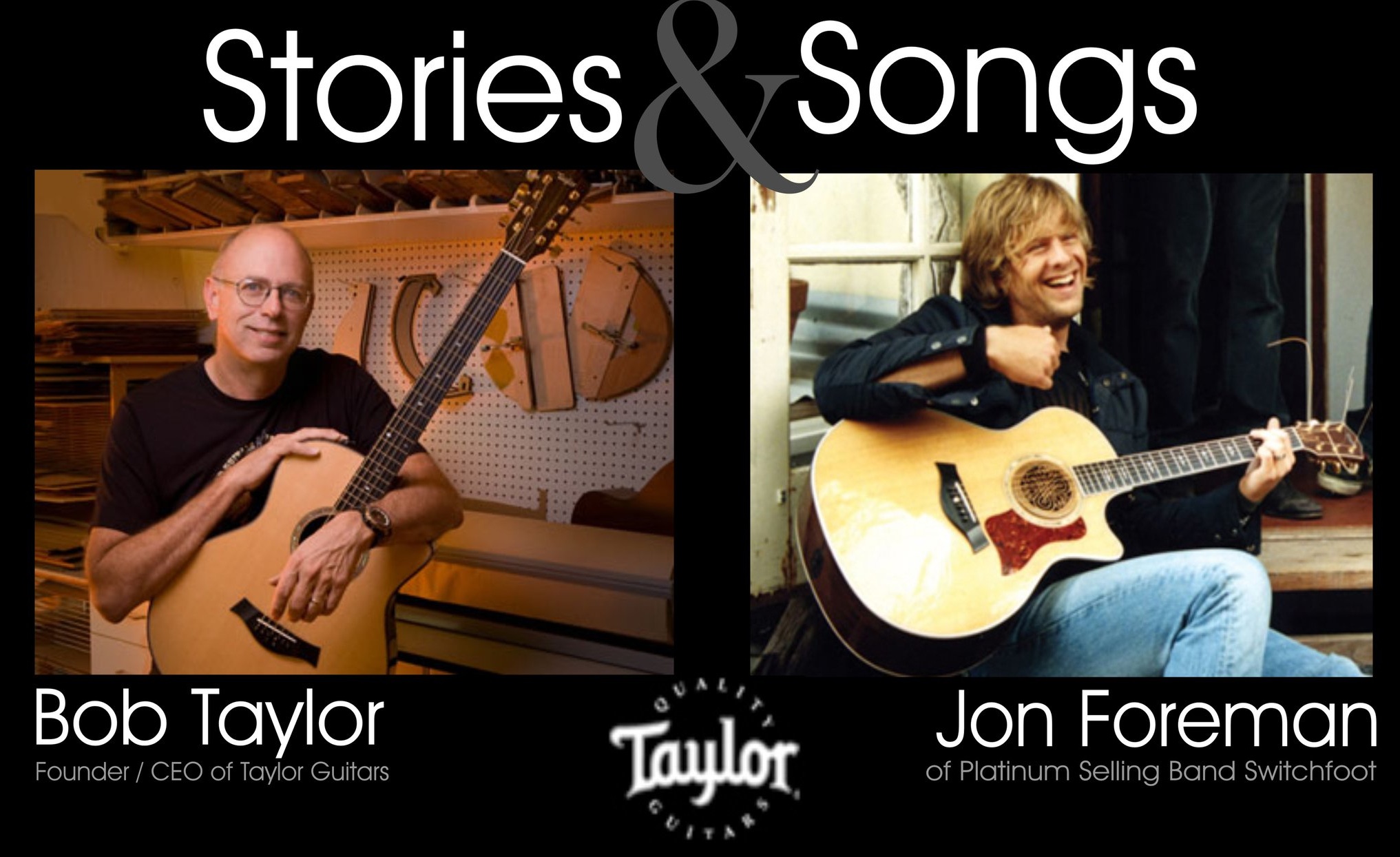 People who build high-end acoustic guitars (and people like me who just love acoustic guitars) walk around with a lot of very particular sounds in their heads.
They hear guitars, of course, but not everyone hears the same guitars. Most of all, they hear guitars that make the sounds that they love. They hear guitars that function well in the settings in which they, the builders, like to play guitar. So don't look for a rock 'n' roll player to design the world's best 12-fret, slotted-headstock 00 model that will bless the heart of any devoted finger-style specialist.
People who build high-end acoustic guitars (and people like me who just love acoustic guitars) walk around with a lot of very particular sounds in their heads.
They hear guitars, of course, but not everyone hears the same guitars. Most of all, they hear guitars that make the sounds that they love. They hear guitars that function well in the settings in which they, the builders, like to play guitar. So don't look for a rock 'n' roll player to design the world's best 12-fret, slotted-headstock 00 model that will bless the heart of any devoted finger-style specialist.
Now, I was glad to see that the Los Angeles Times finally got around to writing about one of the most amazing behind-the-scenes stories in the recent decades of American music -- which is the rise of Bob Taylor as one of the most important guitar builders in the world.
It's a great story because it's a California story. They got that.
It's a great story because Taylor has always been a leader in efforts to build great guitars that are also highly green and friendly to the environment. They got that part, too.
It's a great story because Taylor has been a world-class innovator in the design and construction of modern guitars, especially in his use of laser and digital technology to assist his builders in doing high-end work fast, while still building top-of-the-line guitars. They tried real hard to get that part and sort of did (I know the LA Times isn't Acoustic Guitar Magazine).
And this is a great story because, in his own quiet way, Taylor's active Christian faith has made him a very influential person among performers who just happen to be believers, in a wide variety of musical styles. Taylor is not a contemporary Christian guitar builder. He's a Christian who just happens to be one of the most important guitar builders in the world.
Uh, say what? Where was that in the story?
The answer is, "Nowhere." This is sad, because if you run just about any Google search related to the most fanatical devotees of Taylor guitars and you're going to hit this side of the story. Here's a few direct routes -- click here or just click here.
But anyone who has read anything about Taylor knows that he is a guitar player who has always played in a particular setting -- C.H.U.R.C.H. This is one of the keys to his guitars being so strong in the trebles and mid-range (and his interest in easy to use on-board electronics and pick-ups) His guitars -- especially the early ones -- were built to play acoustic music with percussion and backing vocals. That formula works in other settings, but if you travel from coast to coast and visit "contemporary" church sanctuaries you almost have to hunt to find guitars other than Taylors, and I am not exaggerating all that much.
Where can you see even a hint of this in the Times piece?
"Taylor Guitars rose from a little boutique outfit to join the ranks of the big boys. Now, it's an icon in the industry," said Shawn Hammond, editor in chief of Premier Guitar magazine. Taylor "was able to figure out a way to create a neck joint that has the convenience of a quick-build bolt-on technique but that also sounds really good."
As loyal customers provided feedback, the few designs that Bob Taylor learned at American Dream morphed into an ever-changing line of acoustic and electric guitars. ...
A roster of Taylor guitar owners reads like a guest list from the Grammys: Katy Perry, Eric Clapton, Neil Young, Dave Matthews, Taylor Swift, Prince, John Mayer, Jackson Browne, Sting, Paul Simon, Stanley Clarke, Bryan Adams and many others. Hammond said artists pick Taylors when they want to make sure their guitars aren't lost in the midst of a live performance.
"They have a very detailed treble response that enables them to poke out through the din of other instruments," he said. "That is how they got into the market. They had a sound that shined brightly in a band setting, a very articulate and sparkling sound."
Or in a so-called "praise-and-worship band," like the one Taylor plays in on Sundays.
Actually, many of the artists listed there are rarely thought of as Taylor artists. Click here to see a better list. A complete list would lean heavily toward -- surprise -- acoustic-folk-rock-country artists and would include virtually every major Christian artists in mainstream music.
So was this reality an essential part of the story? That depends. This was clearly written as a business story. That's fine. Would it have appealed to more readers as a story for people who love guitars and play guitars? Probably. If that's the case, then the religion angle should be right in there.
If you are looking for the sounds that are in Taylor's head, one of the places you have to go it church.
